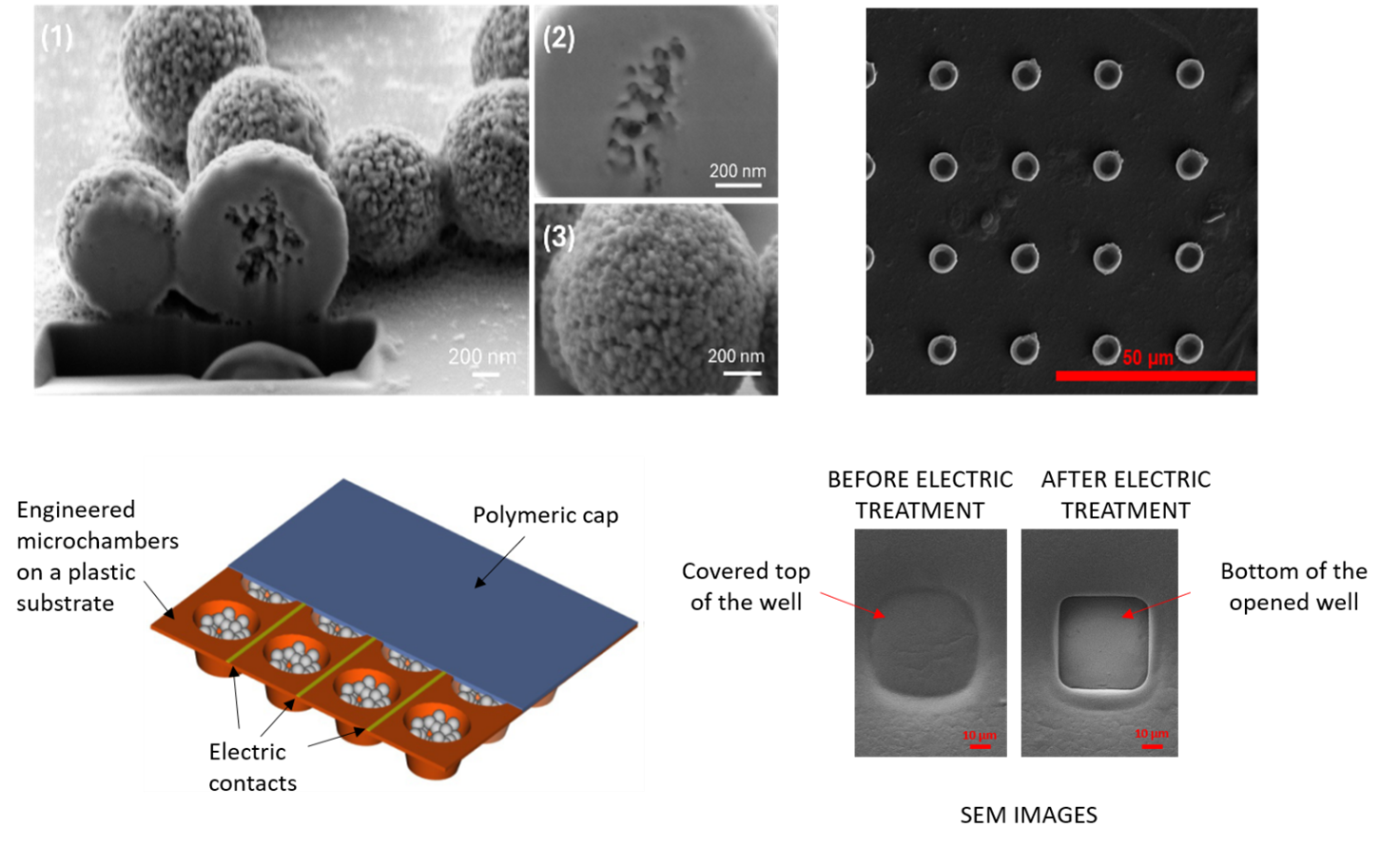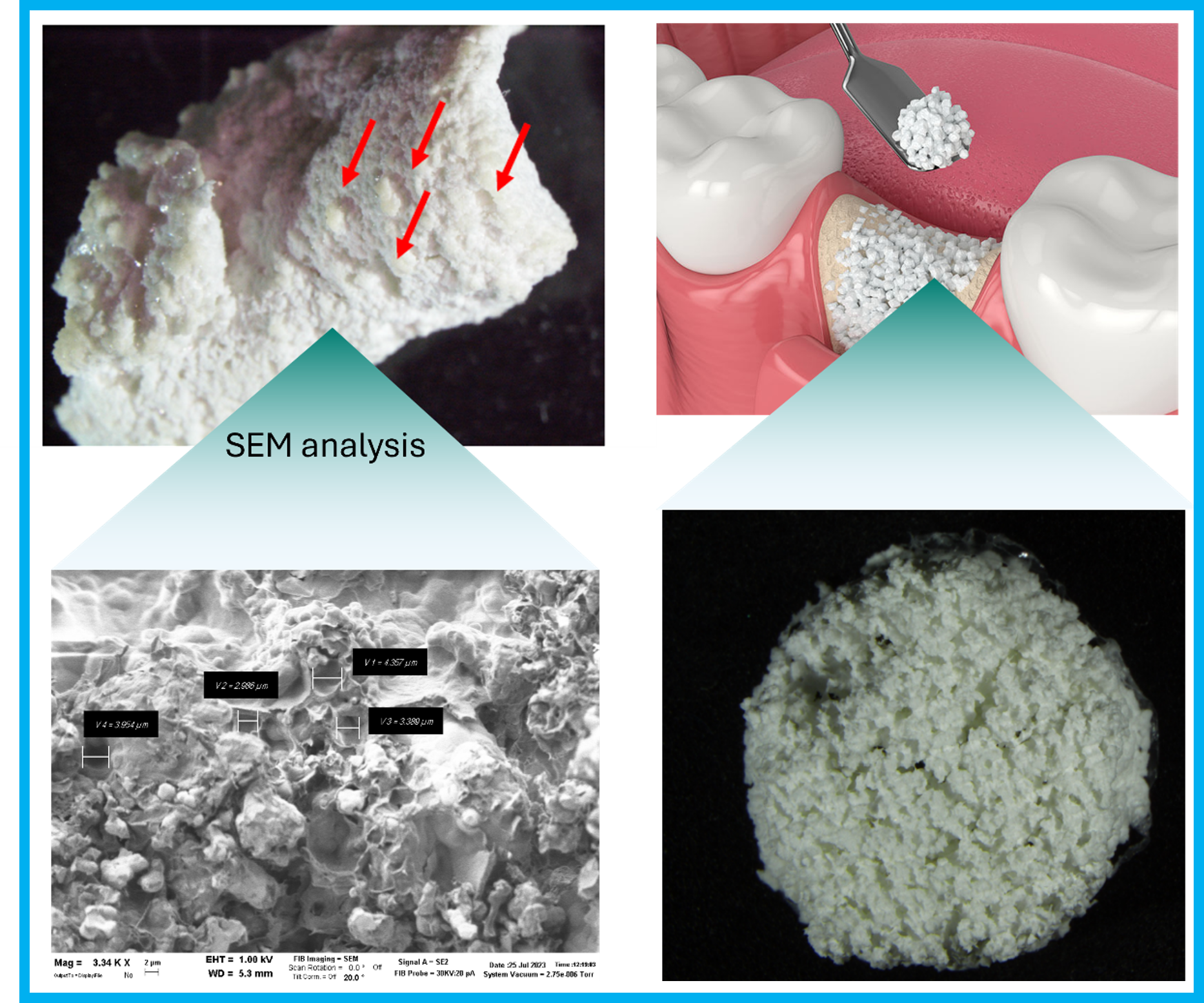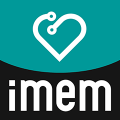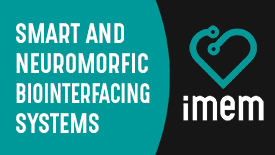 This activity is aimed at developing applications of interest in the field of Biotechnology and related multifunctional biomaterials, which are also suitable for the development of bioelectronic devices and sensors. Research activities in Biotechnology focus on two application areas: drug delivery and tissue engineering.
This activity is aimed at developing applications of interest in the field of Biotechnology and related multifunctional biomaterials, which are also suitable for the development of bioelectronic devices and sensors. Research activities in Biotechnology focus on two application areas: drug delivery and tissue engineering.
The first research activity involves the development of intelligent systems for topical therapy based on biomaterials that serve as carriers for the targeted delivery of drugs. These systems consist of micro-nano capsules with a core containing the drug and a shell designed for controlled release. The release can occur in response to physiological stimuli (such as changes in pH, temperature, or biochemical composition) or be activated by external stimuli (such as light, microwaves, ultrasound, or electromagnetic fields). The used materials include natural biopolymers (such as silk proteins) and synthetic ones (such as polymeric polyelectrolytes multilayered films), engineered to maximize both the efficiency of transport to the target site and drug release via external stimuli or by degradation mechanisms of the shell over desired time scales. In specific applications, such as integration with prostheses or post-operative pain therapy, microchambers fixed on rigid supports are used, being electrically activated for drug release. Currently, research focuses on controlled release mechanisms from biopolymeric containers and the potential benefits of biosystems studied in yeast models for neurodegenerative diseases.

Tissue engineering applications focus on developing scaffolds made of biopolymers loaded with calcium salts to promote bone growth after implantation. We study fabrication methods and synthesis strategies for composites based on natural biopolymers and biocompatible additives to obtain the desired structures, designed to mimic the characteristics of the tissue being replicated (e.g., porosity and resilience in a hostile environment, as in the case of bones). At the same time, we explore 3D printing of existing materials and/or materials we design and produce, suitable for prosthetics or, more generally, for implantation in living organisms.

Within this research line, we also employ prototyping and industrial-scale up methods, developing materials using "green" approaches in compliance with sustainability principles. We aim for multifunctionality to enable versatile applications across different fields, following the principles of the circular economy.
| -Our publications and collaborations- |








